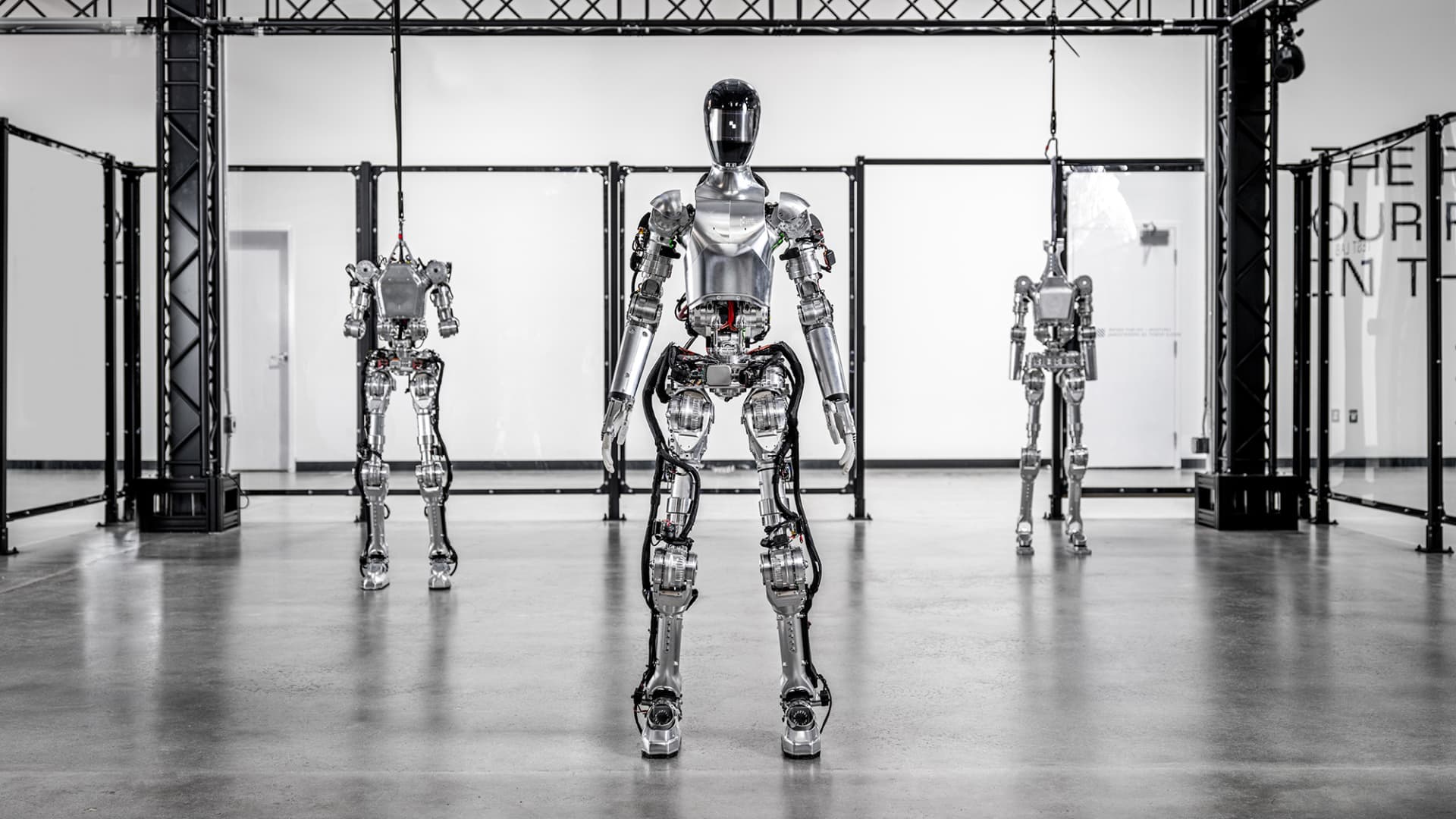
Key Points
- U.S. technology companies are delaying their decisions to lease large data centers in India.
- New deals for data centers have been on hold for over two months, a source told CNBC.
- Hyperscalers may revisit their plans within the next three to six months.
U.S. technology companies are delaying their decisions to lease large data centers in India, jittery from the recent souring of trade ties between New Delhi and Washington. The orders from Big Tech companies for hyperscalers, or data centers that consume vast amounts of computing power, are “still in the pipeline, but they are holding the pen and saying let me not sign it just yet,” said Alok Bajpai, managing director of India for NTT Global Data Centers. Hyperscalers, including Amazon, Microsoft and Google, currently account for about 30% of India’s data center demand, a share expected to rise to 35%, according to data from property consulting firm Anarock Capital. New deals for data centers have been on hold for more than two months now, while hyperscalers may revisit their plans in the next three to six months, said a property consultant, who spoke on condition of anonymity due to business sensitivities. Clauses for tariff pass-throughs, change in law, and phased capacity are quietly becoming standard. Partner at Argus Partners Jitendra Soni Trade relations between the two countries have soured in the last two months. In August, the U.S. imposed 25% tariffs on goods from India, before raising the levies to 50%, citing India’s purchase of Russian oil. That was followed by a new $100,000 “one-time” visa fee on fresh H-1B visa applications, effective Sept. 21, announced by U.S. President Donald Trump — a move expected to hit Indian workers hardest. “The new U.S. tariffs on Indian exports have unsettled global supply chains and made equipment and input costs harder to pin down,” said Jitendra Soni, a partner in the technology and data privacy practice at law firm Argus Partners. India’s data center capacity is expected to nearly triple in the next five years from 1.2 gigawatts to more than 3.5 gigawatts by 2030, according to multiple industry estimates, despite the tensions with Washington. Lower costs and rising demand in e-commerce services, cloud infrastructure and AI workloads have fueled the demand. However, the uncertainty is showing up in data-center negotiations, “where clauses for tariff pass-throughs, change in law, and phased capacity are quietly becoming standard,” said Soni. A shortage of graphics processing units, or GPUs, had already slowed expansion. The latest trade frictions have added another layer of caution. “Hyperscalers haven’t vanished, but have just hit a pause,” the property consultant said. Companies reportedly interested in setting up large data centers in India include Google , which was in talks with the Andhra Pradesh state government to develop a 1-gigawatt facility, and OpenAI , which is looking for partners for a similar project. “India’s underlying appeal has not dimmed and remains compelling,” Soni said. “But deals are now closing more slowly, and with far more lawyering around who bears the next global shock.”







